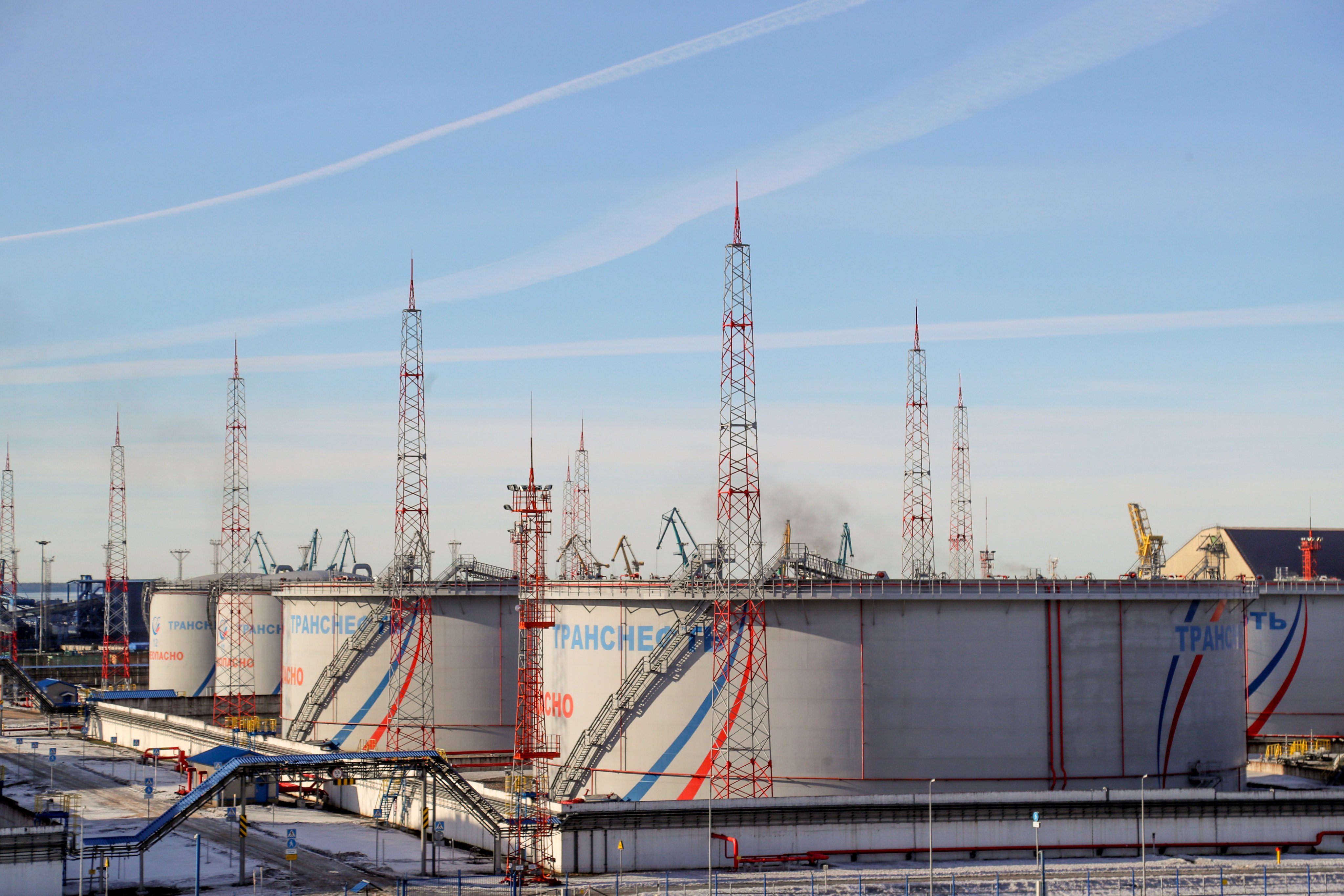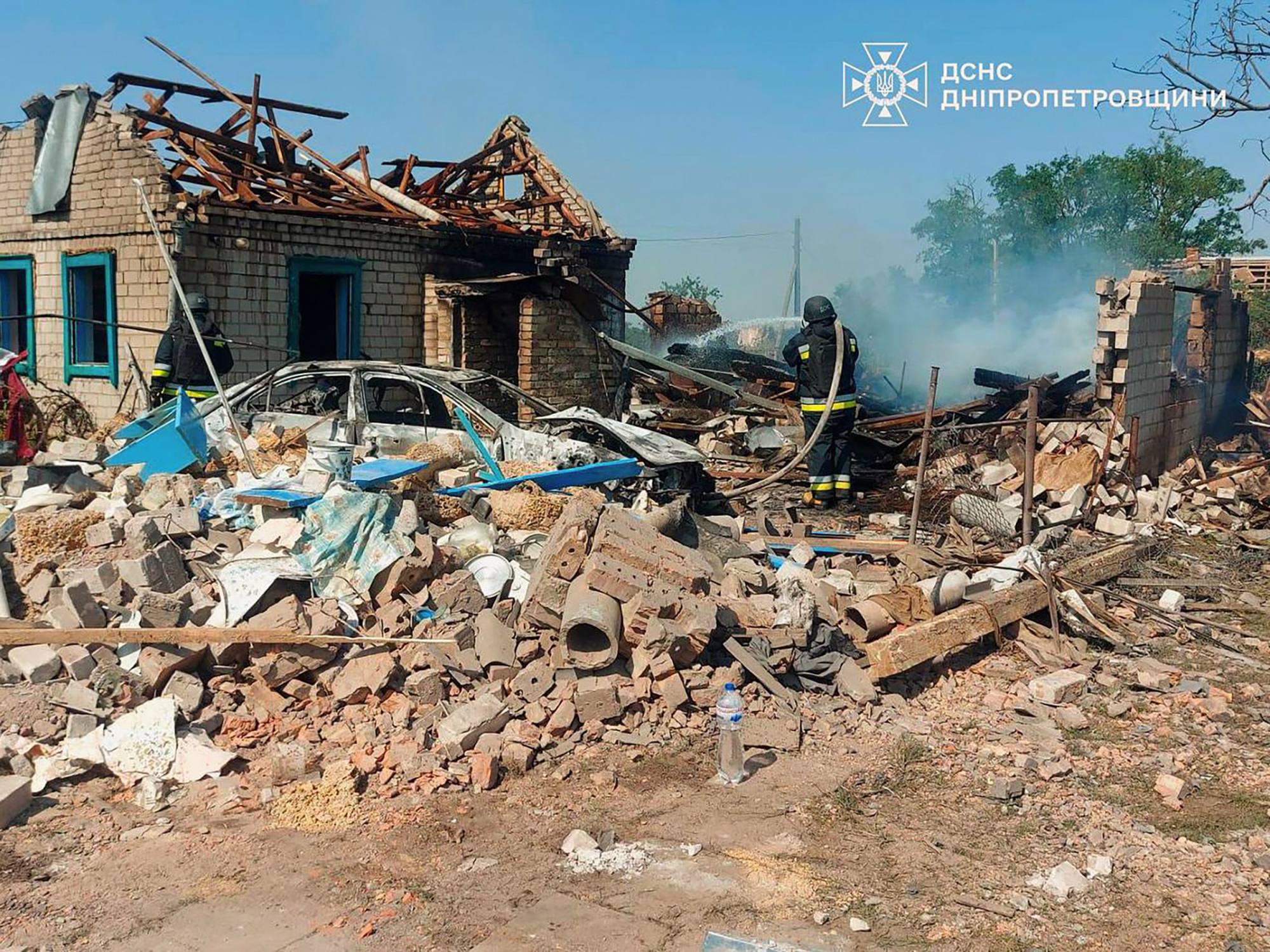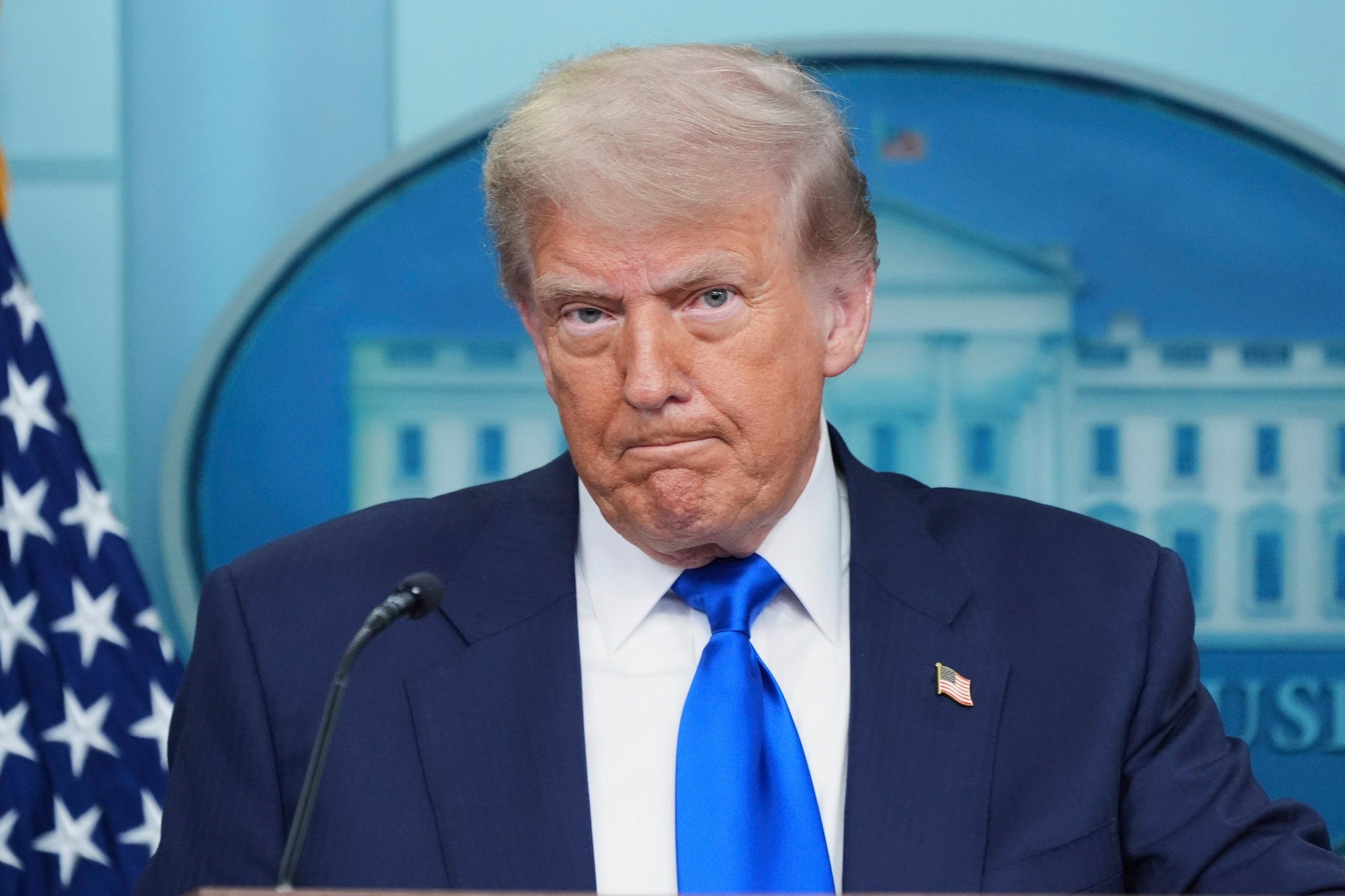India in a fix over Trump’s tariff threat aimed at Russian oil
If Russia fails to end the war in Ukraine within 50 days, India fears that the tariff could cause a spike in oil prices, analysts say

US President Donald Trump’s threat to impose steep secondary tariffs on countries trading with Russia has raised alarm in India over the future of its discounted oil purchases from Moscow, with analysts warning the issue could complicate negotiations on a bilateral trade deal with Washington.
Trump vowed on Monday to impose “very severe tariffs” if Russia did not end its war in Ukraine within 50 days. Washington would target Moscow’s remaining trade partners with measures aimed at choking off support for the Kremlin’s war machine, he added.
Soon after starting his second term in January, Trump launched a bid at rapprochement with Russian President Vladimir Putin as he sought to honour his promise made during last year’s US presidential election campaign to end the Ukraine war within 24 hours. But he has shown growing frustration over the impasse, with Putin stepping up attacks instead of halting the war.
Trump’s latest comments came shortly after Republican Senator Lindsey Graham and Democratic Senator Richard Blumenthal pushed for swift action against Moscow, including legislation that would allow the president to slap a 500 per cent tariff on imports from countries buying Russian uranium, gas and oil.
The bill, which is gaining traction in the Senate, reflects the growing bipartisan appetite to squeeze Russia’s wartime economy. But it also presents a potential dilemma for India and China – two of the largest importers of Russian oil.
“Tariffs of this size would significantly impair India’s capacity to maintain this trade flow and could lead to increased inflation,” said Priya Walia, vice-president of commodity markets for oil at Rystad Energy.
However, she noted there was flexibility in the proposed legislation for Trump to grant waivers, with the impact dependent on “how this is applied in practice”.

“Currently, the bill appears to be more of a symbolic gesture and a bargaining tool rather than a measure that is about to be enforced,” Walia said.
“If enforced without waivers, these tariffs could render Russian oil commercially unviable for India, potentially leading to higher imports from alternative suppliers, including the US,” she added.
India’s imports of Russian oil are around 1.6 million to 1.7 million barrels per day, meeting about 35 per cent of its demand, with the high volume due to discounts that price it below a price cap of US$60 per barrel, according to Walia.
About 90 per cent of India’s oil requirements are imported.
Following the start of the Ukraine war, the European Union imposed a US$60 per barrel price cap on Russia’s oil to deter purchases from other countries and curb the financing of the Russian military.
Unhandled type: inline-plus-widget {“type”:”inline-plus-widget”}
Vivek Mishra, deputy director of strategic studies at the Observer Research Foundation, said China was likely to continue buying oil from Russia. As for India, it could moderate purchases but was unlikely to stop completely due to concerns over a price hike, he said.
“If secondary sanctions do kick in, it will be an opportunity for the US to sell its oil,” he added.
However, the potential for such oil sales to India may be limited, according to analysts.
The US primarily produced light sweet crude grade oil, unlike the medium sour and light sour Russian oil imported by India for its refinery operations, Walia said.
“While some incremental uptick in US oil flows may occur, it is unlikely to exceed 0.5 million barrels per day,” she added.
Tricky trade talks
Another analyst said the proposed US legislation would probably be watered down.
“I suspect another TACO situation may emerge – Trump Always Chickens Out – here. [It] would mean some kind of penalty on importers of Russian oil after rolling back the 500 per cent tariff threat,” said Uday Chandra, an assistant professor at Georgetown University.
The term TACO was coined in the wake of Trump imposing sweeping worldwide tariffs in early April, before he reversed course by announcing a pause on many of them.
“My sense is that India would like to be kept out of the entire scenario. The trade negotiations are complex enough even without Russian oil entering the conversation,” Chandra said.
“However, avoiding penalties/tariffs may still entail India purchasing lots more oil and gas from the US,” he added.

The US signalled goodwill towards India by excluding it from a list of 14 countries earlier this month hit with new import tariffs – a list that included Washington’s close allies such as Japan and South Korea.
The US first imposed tariffs on April 2 but paused their full implementation for 90 days. That pause has been extended to August 1, with Trump framing it as a final deadline for countries to reach bilateral agreements.
Both India and the US had finalised terms of reference for a bilateral trade agreement in April, following a visit by US Vice-President J.D. Vance to New Delhi.
The two sides have been trying to iron out a few key issues, including Washington’s demand that India open its market to genetically modified crops – a proposal that could prompt a backlash by millions of its farmers.
US dairy imports, Indian exports of pharmaceutical products, automobile components and steel are among the other sticking points in their negotiations.
An Indian trade delegation has been trying to finalise a trade deal with the United States before the August 1 deadline. Indian Commerce Minister Piyush Goyal said trade negotiations were going at “a very fast pace”, the Press Trust of India said in a report on Monday.